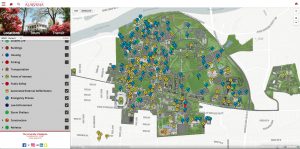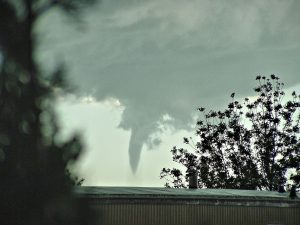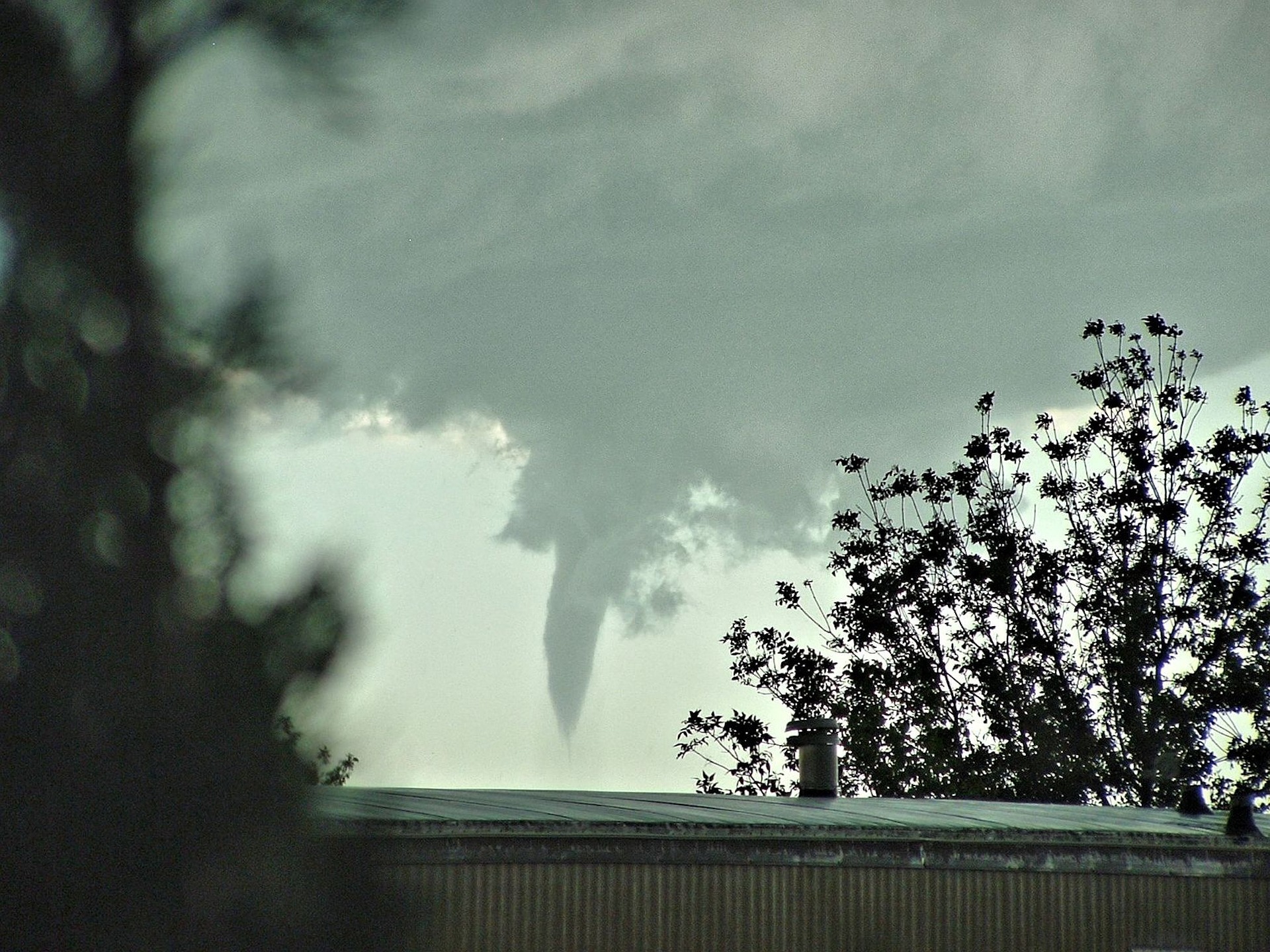
September is National Preparedness Month, but, as a StormReady institution, The University of Alabama stays prepared year-round to keep students, faculty and staff safe from disasters, whether natural or manmade.
Ken Horst, assistant director for UA’s Office of Emergency Management, and Sarah Johnston, manager in that office, said there are many ways to prepare for disasters, but situational awareness is vital.
PERSONAL PREPAREDNESS
“Situational awareness is being aware of what’s going on around you,” Horst said. “Look up from your phone occasionally, and look around. Is there anything really unusual that’s happening on a street corner, in a place of worship? When I’m in a restaurant I know the door I came in, but is there an alternate door to go out?”
Another way to personally prepare for disaster is by keeping emergency items close, such as in a frequently used vehicle.
“Sometimes resources can’t get to you immediately, so there is a need to take care of yourself for a period of time before help can arrive,” Horst said. “Personal medications need to be a part of that, a prescriptions list … a list of telephone numbers in case your phone goes dead.”
A full list of suggested personal emergency items can be found at ready.ua.edu.
UA RESOURCES
UA has many resources to help its students and employees stay safe and aware of potential threats. The UA Safety app is the most used and is available for download through iTunes or Google Play.
Johnston said there’s also the UA Safety Twitter account, @UA_Safety, the UA Safety app map and UA Info Radio.
“The UA Safety app map feature we added allows people to easily access where the tornado shelters are, where they are from their location and how long it would take them to get there,” Johnston said. “We’ve seen a big uptick in the use of the app and that particular feature during tornado watches and warnings. I’m really excited about that.”
TORNADOES
Tornadoes are common in Alabama. Understanding the difference between watches and warnings is vital.
“For a tornado watch, conditions favor thunderstorms capable of producing tornadoes,” Johnston said. “There’s no tornado on the ground, and nothing has been indicated by radar or the storm spotters.”
During watches, Johnston said it’s important to know shelter locations and the location of your emergency kit.
A tornado warning means a tornado is imminent. It’s been indicated by radar or a storm spotter. Shelter should be sought immediately, and people should stay tuned to local weather resources.
Horst said if a shelter cannot be reached, people should go to the identified Best Available Refuge Area, or BARA, in the building they’re in. This is typically an interior room without windows on the lowest level, but because that’s not always the case people should refer to the BARA designations that are found on the campus map or inside the UA Safety app. The location is also posted inside the building.
“Any time a tornado warning is issued for The University of Alabama, campus classes are suspended,” Johnston said. When conditions return to normal, it’s at instructors’ discretion as to when classes resume,” Johnston said.
HEAT
Those who moved to Tuscaloosa this summer quickly experienced the area’s high temperatures. Sometimes conditions result in warnings and advisories.
“An excessive heat warning is issued 12 hours before extremely dangerous heat conditions, and those would be any situation where for two days or longer the National Weather System is forecasting 105 degree Fahrenheit or higher for the area,” Johnston said.
Advisories are generally issued by the National Weather Service within 12 hours of potentially dangerous conditions, such as expectations of 100 degrees or higher for two days and nightly temperatures at 75 or higher.
